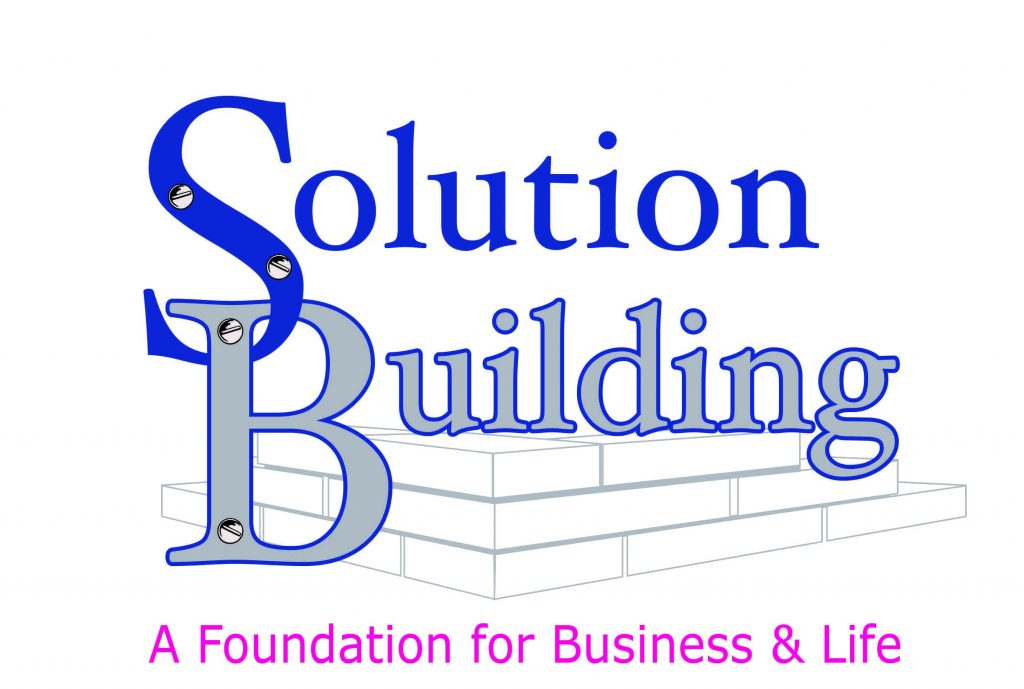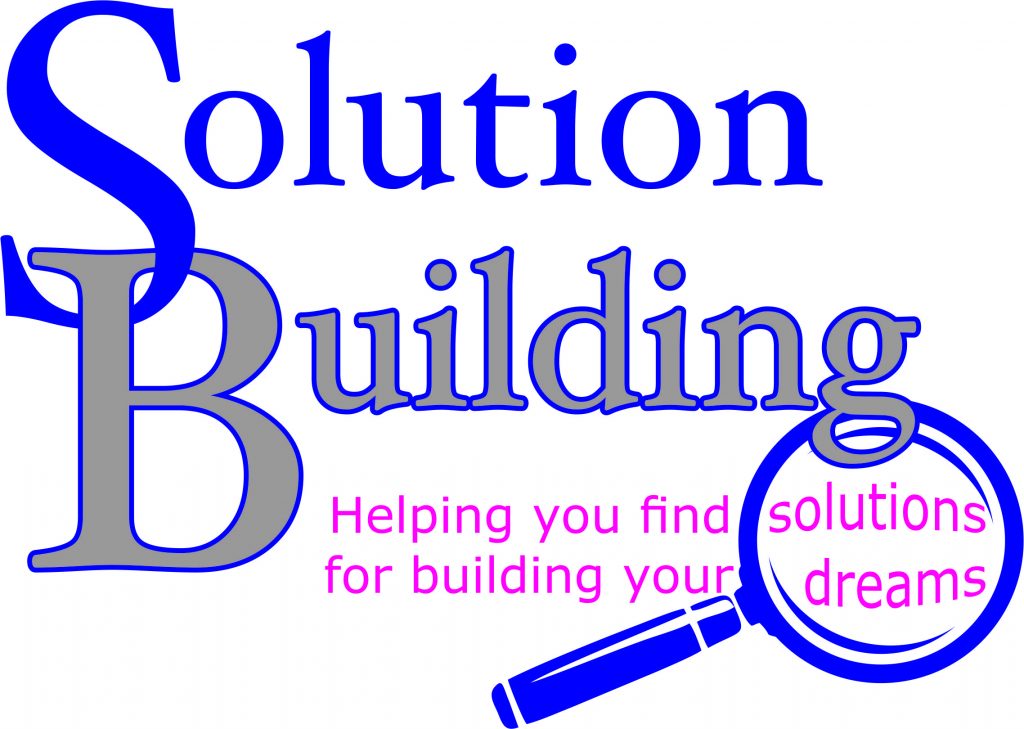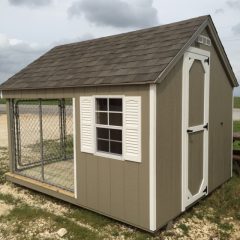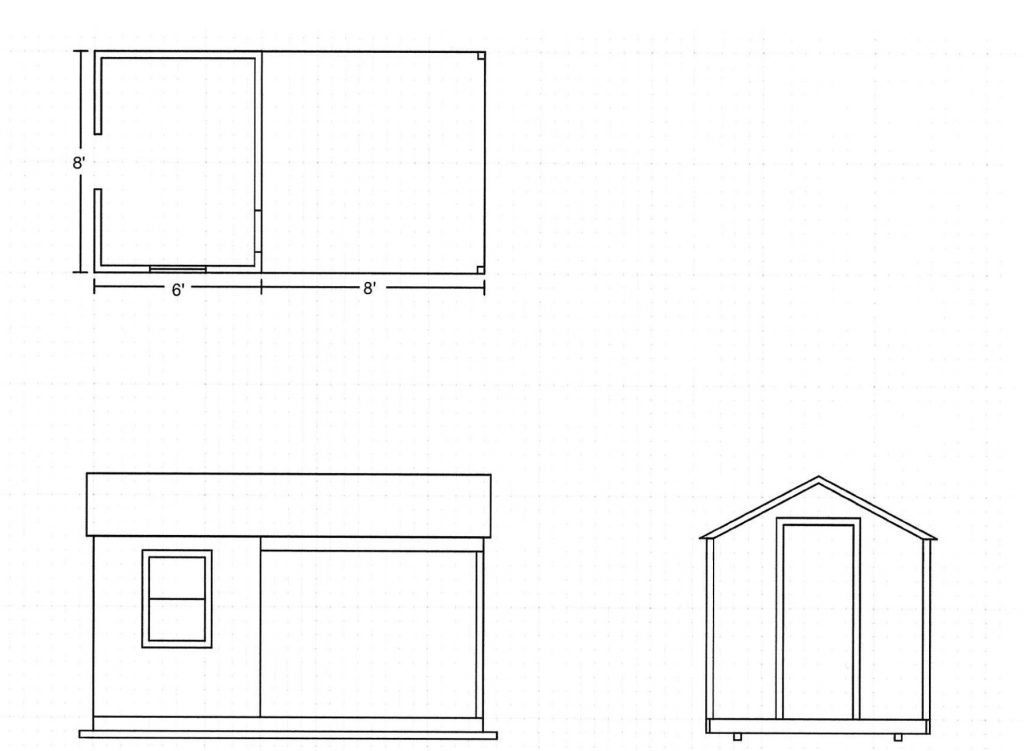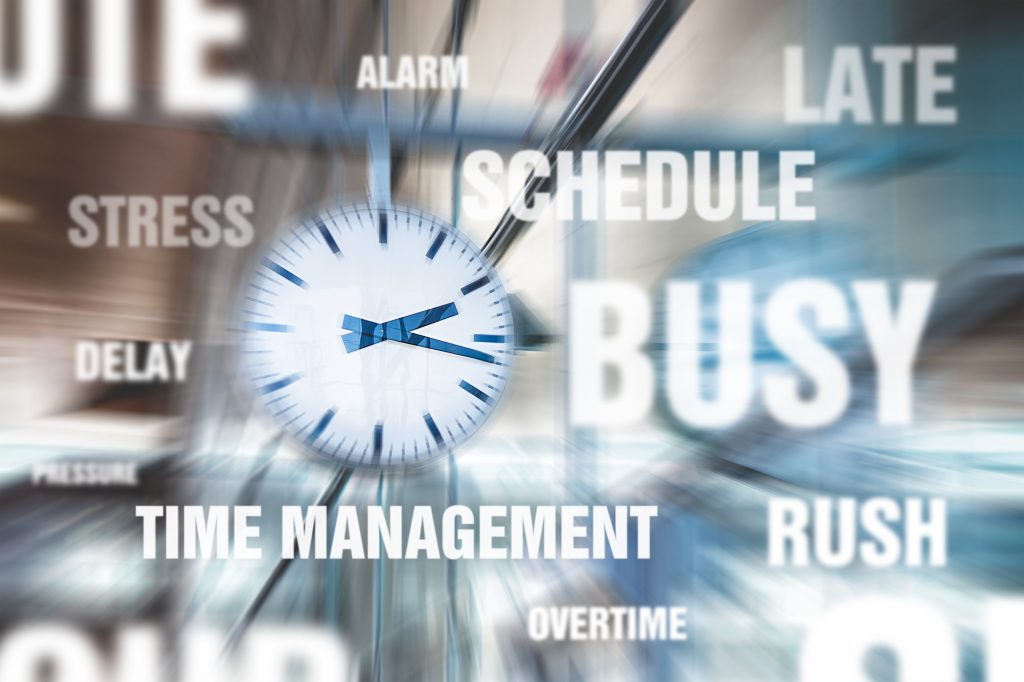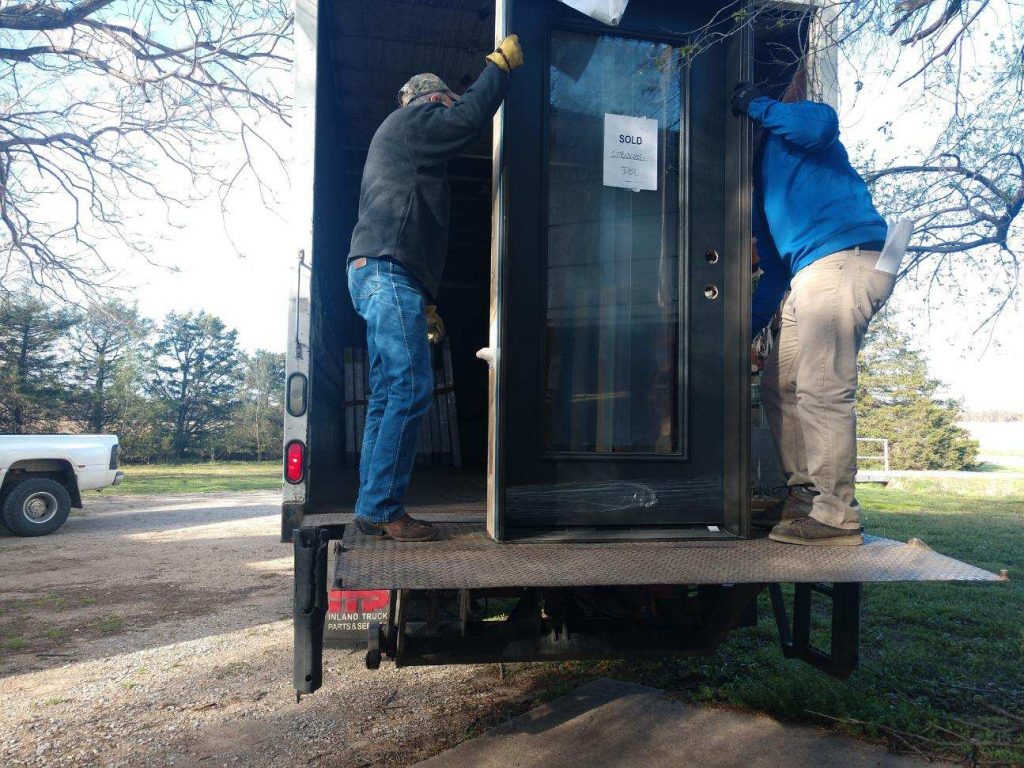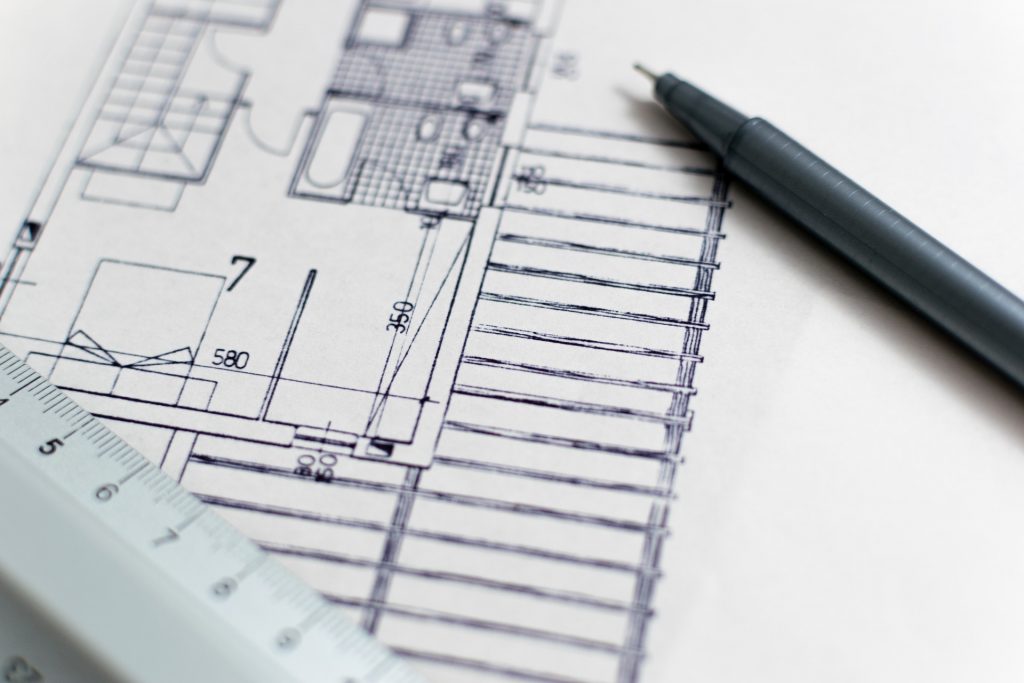This Requires an UNDERSTANDING of your Problems and Having Solutions to Fix Them

Last week we talked about the high number of construction companies that fail and some of the reasons this happens. None of these companies were started hoping that they would go broke and go out of business.
So why is it that construction companies fail so often?
We discussed some of those reasons last week. They included things like – a lack of funding or poor cash flow, poor production performance on projects and not having a good business plan.
These problems are more on the business side of things than doing construction. Most people in construction just want to do “construction”, they don’t want to do “business” stuff.
If you want to BUILD your dream construction company, you need a plan…a Blueprint for BUILDing a Better Business.

This plan starts with Being aware that there is a problem. Most people who own or manage construction companies know that something’s not right, but don’t know what it is. They know how to build buildings but not businesses.
Being aware that there’s a problem is the first step. The second is, Understanding what those problems are. Understanding what their business needs help with. Understanding that just like building a quality building isn’t a simple task…neither is building a successful business.
To help us Understand what construction companies are struggling with, we have developed a short survey. In exchange for your time filling out this survey we will give you a free 30-minute construction company consultation to help you Understand the problems your company’s dealing with.
We’ve talked about the first two steps to BUILDing a better construction company, the B and the U.
- BEING AWARE of the problems
- UNDERSTANDING what those problems are
There are three more building blocks needed to finish building the foundation of your dream business.
They are –
- INFORMATION on how to fix those problems and INTRUCTIONS for implementing those solutions into your business
- LEARNING how you use these processes and systems in the daily operation of your business
- DELIVERY of the DREAM – This is where your dream business becomes a reality. It is where all the hard work begins paying off.
In upcoming posts, we will dig deeper into the I, L and D of BUILDing a Better Business and how these building blocks are the foundation that successful construction companies are built on.

If you own or manage a company that is involved in construction, don’t forget to fill out the survey and get your free consultation! Also, if you know someone in the construction industry that you think would benefit from a construction company consultation, please send them a link to this post or the survey.
Link to the survey – Understand Your Problems Survey (surveymonkey.com)










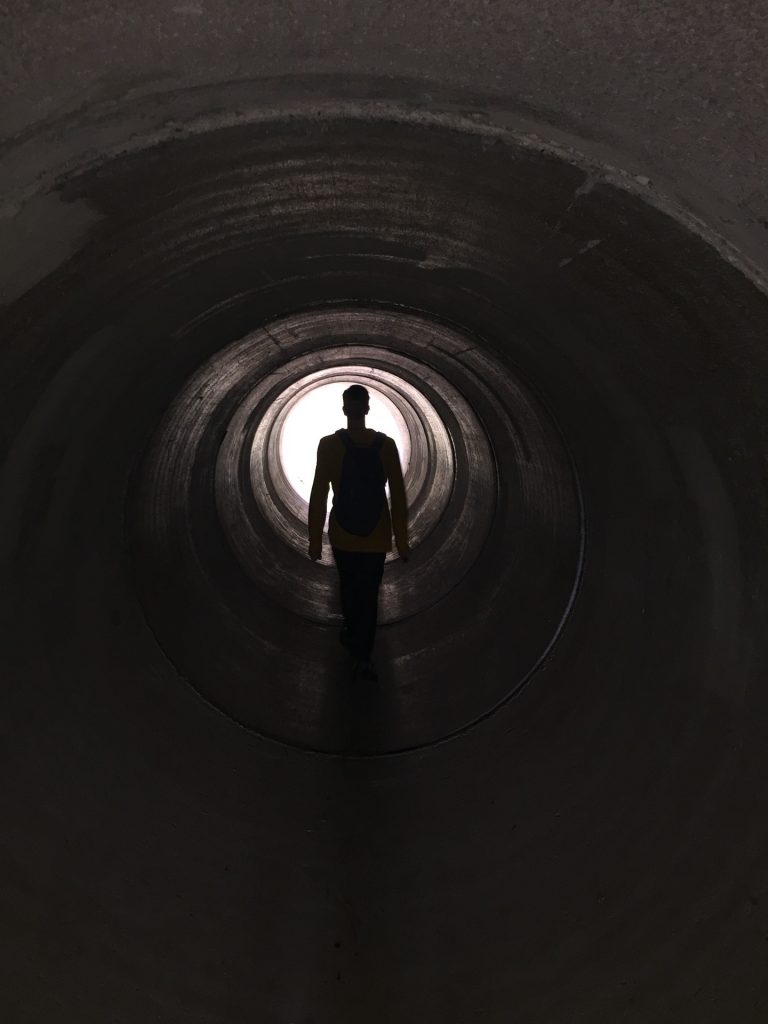








 Quality, honesty and integrity cover this part of the list. These are character issues. They are about choosing to give as much importance to someone else’s needs as I do my own.
Quality, honesty and integrity cover this part of the list. These are character issues. They are about choosing to give as much importance to someone else’s needs as I do my own. The entire issue of construction projects falling apart is unnecessary and unacceptable.
The entire issue of construction projects falling apart is unnecessary and unacceptable.


